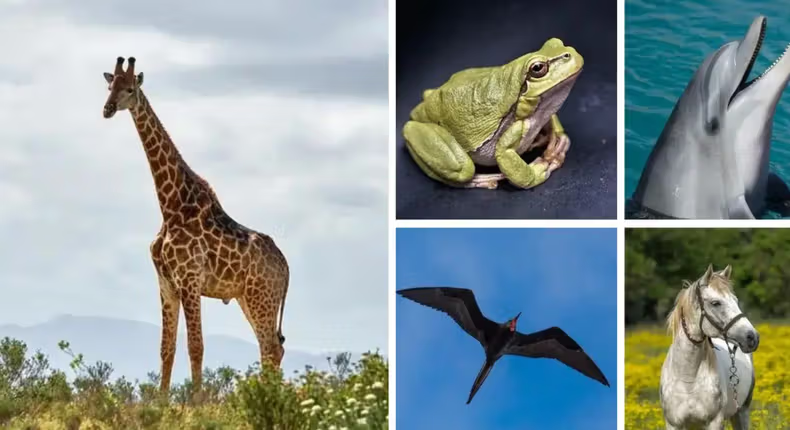While sleep is essential for humans to recharge, not all animals experience sleep in the same way. Here are five fascinating examples of how different creatures rest—or don’t rest—at all.
1. BULLFROGS
Bullfrogs are known for their unusual sleep patterns. They don’t require sleep in the same way humans do; instead, they remain alert even during rest. This heightened awareness helps them respond quickly to potential threats or opportunities for food, making it crucial for their survival.
2. DOLPHINS
Dolphins exhibit a unique sleeping behavior called “unihemispheric slow-wave sleep.” They rest one side of their brain at a time while the other half remains awake. This allows them to surface for air, stay alert for predators, and avoid drifting too far from their pods, all while still getting the rest they need.
3. COCKROACHES
Cockroaches don’t truly sleep; they have short periods of rest but remain partially alert. Their nocturnal nature keeps them active as they search for food and avoid threats. This constant vigilance helps them survive in various environments, even without a conventional sleep cycle.
4. ANTS
Ants are known for their relentless work ethic. Instead of sleeping for extended periods, they take very short breaks throughout the day, usually lasting just a few minutes. During these brief rests, they stay somewhat alert to respond to any disturbances, allowing them to maintain their industrious lifestyles within their colonies.
5. JELLYFISH
Jellyfish lack complex nervous systems and do not require sleep like many other animals. While they do have periods of rest where their movements slow down, they don’t “sleep” in a traditional sense. Their simple body structure enables them to remain active in their environment, allowing them to continue fulfilling their survival needs.
These examples highlight the incredible diversity of sleep behaviors in the animal kingdom, showcasing how different species have adapted their resting patterns to fit their unique lifestyles and environments.

